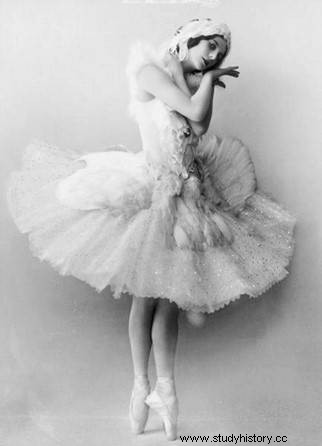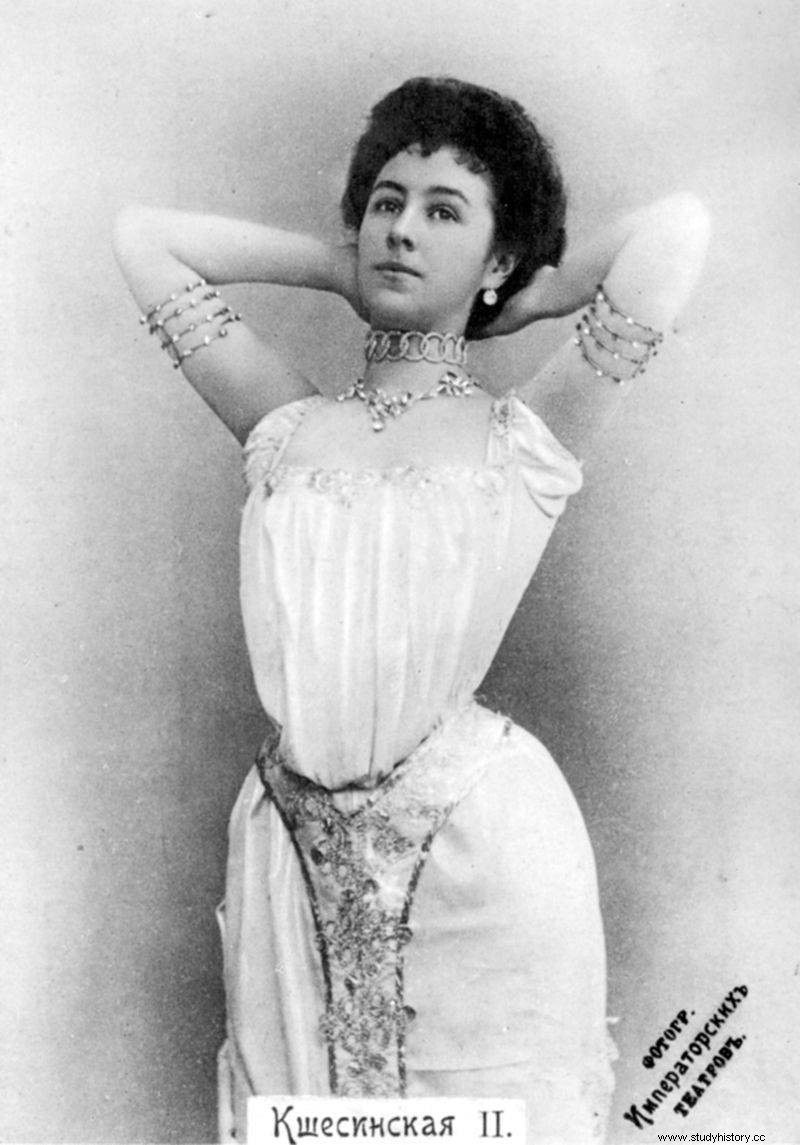Ballet dancers of leading Russian theaters:Bolshoi in Moscow and Mariinsky in St. Petersburg for 200 years enchant viewers with harmonious movements. But behind the beautiful facade there are poverty, intrigues, arduous work, as well as harassment and mobbing.
In Russia, ballet enjoys a special love of citizens. In fact, it is a national pride and an export commodity. No wonder that the ballerinas continue their efforts to climb to the top. They use all the tricks on this journey, because the fame and adoration of the audience are worth it.
Blood, sweat and tears
"Even to become a corps de ballet dancer years of systematic, hours-long practice are needed, ”writes Olga Kowalik, author of a book about the behind-the-scenes life of Russian ballerinas. "From the first to the last day of her career, the ballerina has to repeat the same movements during rehearsals in order to perform them with almost mechanical precision."
Both in tsarist times and today, the warm-up begins at 9 am every day at the Bolshoi and Mariinsky Theaters. It is necessary. It is known that even a week break in exercise means a sharp decline in form, and returning to it requires an average of two months of intense training .
Read also:Empress Sisi, Matylda Krzesińska, Jenny Lind. The most beautiful women of the 19th century
Talent and physical predispositions have always been of great importance, but backbreaking work played a key role.

Anna Pawłowa
The great Anna Pavlova did not have an athletic build, but managed to develop muscles. Isadora Duncan recalled:
I watched with amazement and admiration Pavlov's three-hour exercises, during which she acted like a machine, not pausing even for a second! She did not touch the meal that was delivered to her at noon .
The prima ballerina of the Imperial Mariinsky Theater - Matylda Krzesińska - exercised endlessly, weighed herself every day and strictly followed her diet. She came to the theater two hours before the shift to warm her muscles.
In her pursuit of perfection, the dancer risked her own health. Example? As she practiced, Matilda arranged the four chairs to form a rectangle and made her lane over the narrow space thus created . Considering the speed at which the Pole was swinging her leg, accidentally touching the chair would risk seriously breaking it. To make her stage performance more effective, she did not hesitate to risk her life by dancing between eight swords pointing upwards.
The ballerinas suffered from degeneration of the joints and spine injuries; their ankles were bruised and bleeding. Traumas and injuries caused such pain that the doctor gave them painkillers before the performance. " If I wake up and don't feel any pain, I am dead "- one of the most outstanding contemporary dancers, Maja Plisiecka, joked.
Private life
In tsarist times, prima ballerinas received decent wages and were in demand, but the rank and file dancers were poor. The solution to their financial problems were wealthy ballet lovers, who were in abundance in Russia. Such men provided a comfortable existence for their favorites:trips to fashionable spas, clothes from Parisian tailors, jewelry and dinners in the best restaurants. The theaters mocked girls who, out of love, associated with a colleague or married a poor young man .
Often the rich persuaded the dancers to leave the theater, declaring them to live for the rest of their lives. It happened, however, that after a few years a bored man threw an unemployed ballerina out of the house and the girl, crying, returned to the director of the theater, asking him to take her into the ensemble. And then she started looking for another fond of a female sponsor.
On the other hand, during the Soviet period, ballerinas were forbidden to give birth to children for fear that they would not exercise during pregnancy and that they would lose their shape irretrievably . In her memoirs, Maja Plisiecka admitted that she had had several abortions. And not just anywhere, because in a Kremlin hospital. The ban was broken in the second half of the 1980s by Ludmiła Siemieniak, who gave birth to a son. This event became a nationwide sensation in the Soviet Union.
Currently, Russian ballerinas become mothers, but they decide to become mothers in their forties, when their position in the theater becomes unwavering.
Plots and plots
The true master of intrigue and behind-the-scenes games was Matylda Krzesińska, who in Poland is mainly associated as the lover of Nicholas II. The Polish woman was one of the most outstanding dancers, presenting an incredibly high technical level. Russian ballet lovers could not resist the charm she spread . According to the critic Alexander Pleszczjew:
her [Krzesińska] dance is the same life, fire, joy; she brightens the scene with the mere appearance and smile.
Moreover, this smile did not disappear even when the legs have to weave patterns which, even if they are not life-threatening, are in danger of dislocating the leg.
After breaking up with Nicholas II, Matilda had an affair with his uncle Sergiusz and cousin Andrzej (she married the latter). The closeness to the court meant that it gained enormous influence in the Imperial Mariinsky Theater. Krzesińska decided to cast all performances, choosing her favorite roles. "Usually it is the dancer that depends on the repertoire, but in this case the repertoire depended on the dancer," said Vladimir Tielakowski, director of the theater, bitterly.

Matylda Krzesińska is associated in Poland as the lover of Nicholas II
An Italian woman, with whom the Mariinsky Theater managed to sign a contract, was supposed to dance in the performance "Futile foresight", but the Polish woman insisted:"This is my ballet, I will not give it back." Unable to break Matilda's resistance, Tielakowski sent an encrypted telegram to Nicholas II and received the answer: "If this is Krzesińska's ballet, let it stay that way" .
A certain acquaintance of Tielakowski naively asked him who he was in the Mariinsky Theater, since his influence on certain matters was negligible. "Actually, I am the director [...]" replied the one. "But in fact other female executives are in charge here, although due to an oversight they were not put on the list of administrative staff."
Read also:The First Ladies of the Soviet Union. Who were the wives of the most important politicians of the USSR
As in the past, and today, ballerinas try to harm their rivals by pouring broken glass into their points or destroying their stage costumes. Some less talented dancers romanced with Russian oligarchs who literally bought them roles. It is not hard to guess that such careers did not last long, because the lack of proper training quickly became apparent.
In 2011, the recordings of an orgy organized by one of the directors of the Bolshoi Theater, Gennady Janin . As it turned out, the man more than once organized similar events and invited his subordinates to them, threatening to be expelled from the theater or promising a role in a dream performance. As a result of pressure from the community, Janin resigned.
Bibliography:
- О. Ковалик, Повседневная жизнь балерин русского Императорского театра . Москва, 2011.
- Documentary "Закулисные войны в балете" (2016).
- V. Wiernicka, Polish women , kt ó re rz ą today ł y Kremlin . Warsaw, 2018.
